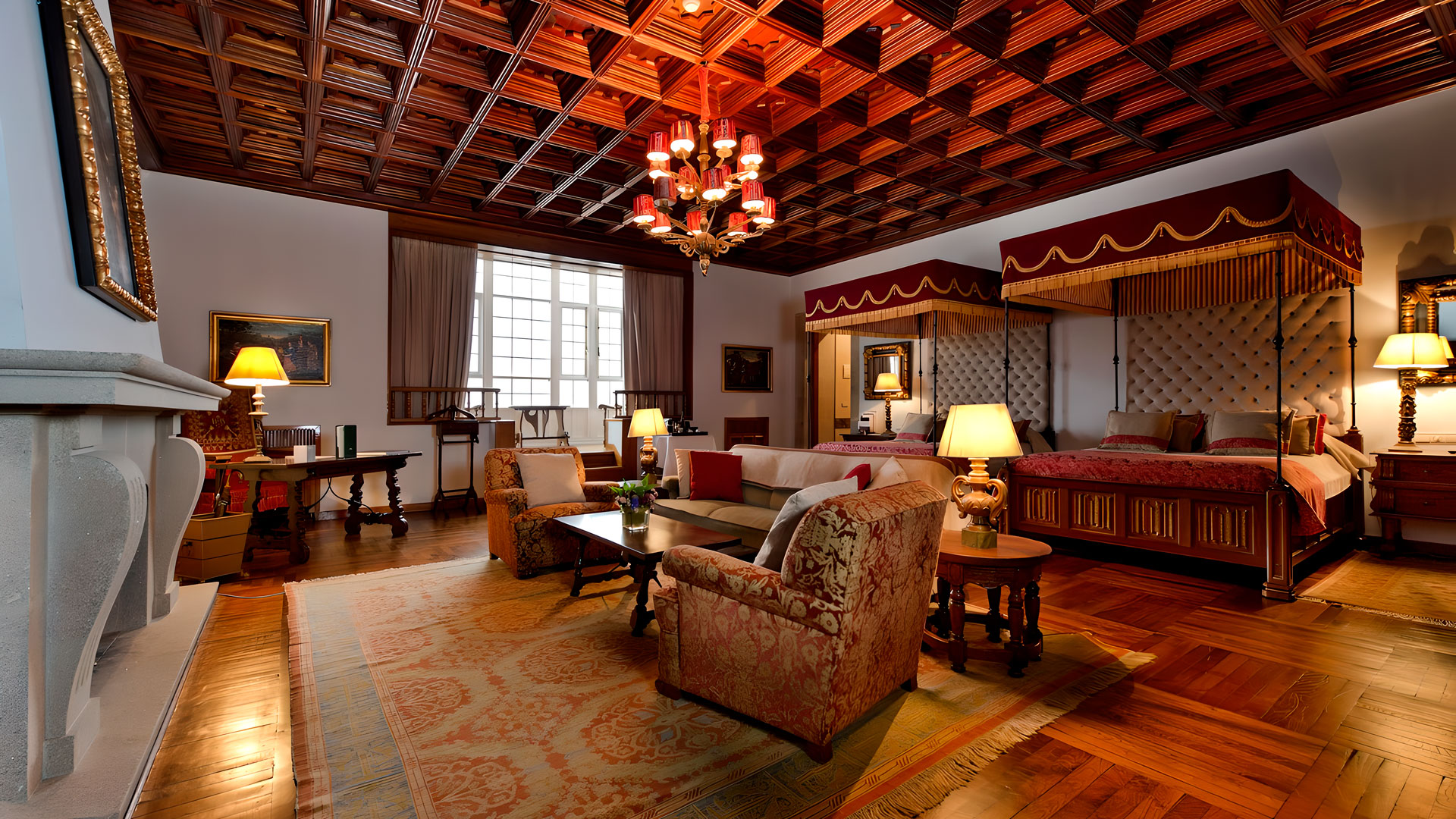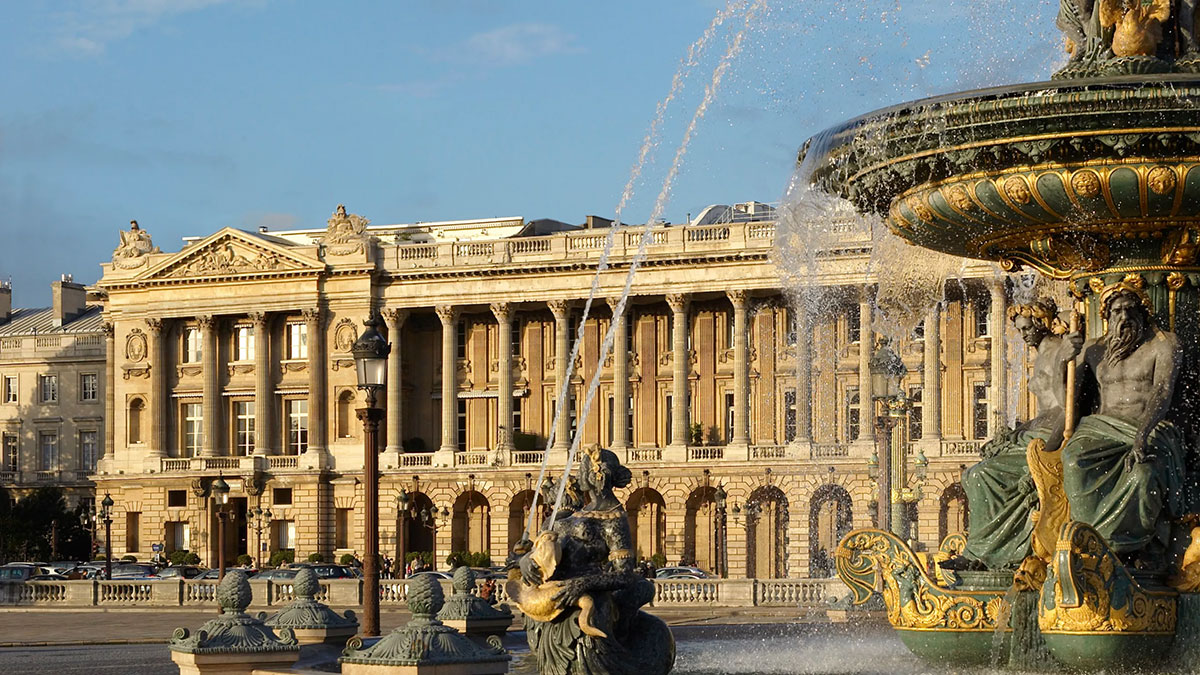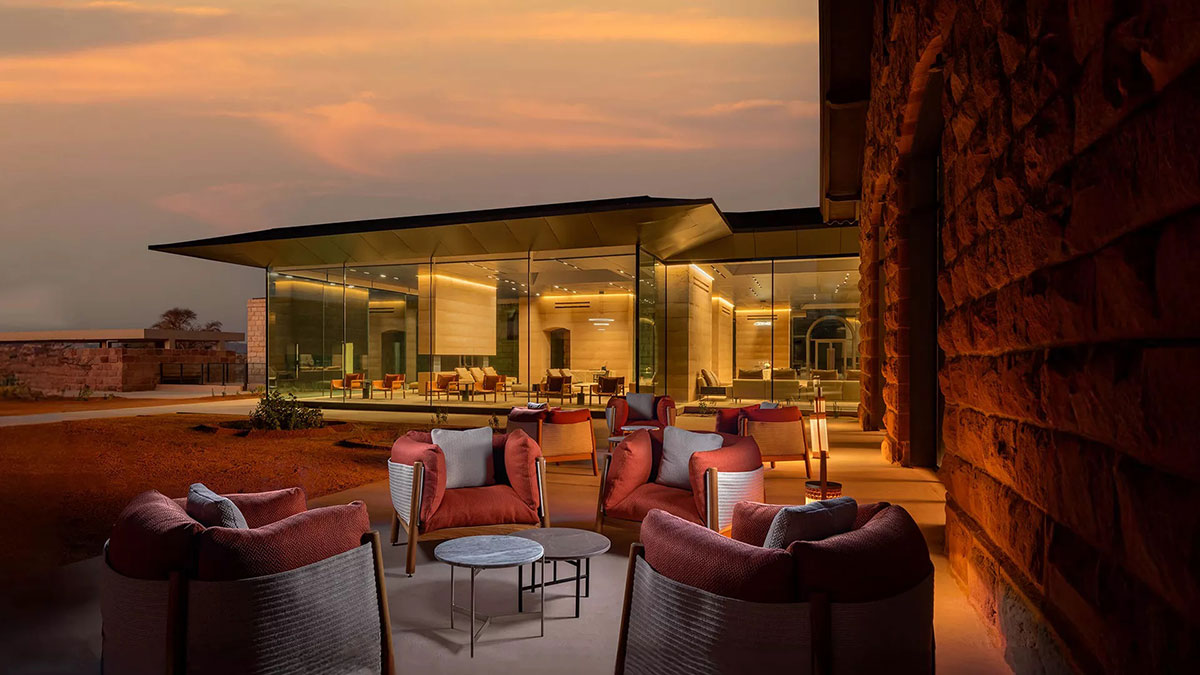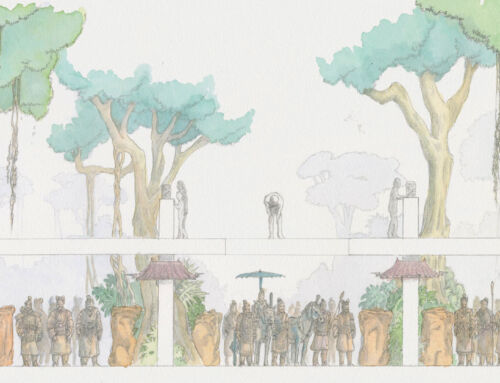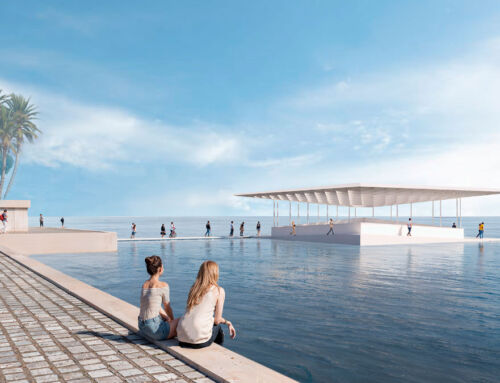On the north side of the famous praza do Obradoiro, in Santiago de Compostela, capital of Galicia, stands a building made of old stone, carved by expert craftsmen’s hands, in addition to the more than 500 years of wind, rain and cold to which it has been exposed. It is a building that was born of piety and compassion, in addition to the funds acquired by conquest, considered today one of the world’s oldest hotels, the most ancient in Spain, and one of the most beautiful in Europe. The 5-star Hostal dos Reis Católicos still welcomes today the hard-working walkers who arrive at the end of the Camino de Santiago, as well as tourists and visitors to the city.
Indeed, it was in the year 1486 when the Catholic Monarchs, Isabella I of Castile and Ferdinand II of Aragon, after finishing their own journey along the Camino de Santiago, conceived the idea of founding a place of welcome for pilgrims and the sick. This was the pious wish that prompted the construction of the Hostal dos Reis Católicos, as we read, in Latin, in the inscription on the upper frieze of its magnificent façade. However, according to the sources, the capital for such a large construction did not arrive until 1499, a few years after the stubborn troops of the Catholic Monarchs defeated the Muslim armies and finally conquered the kingdom of Granada in 1492.
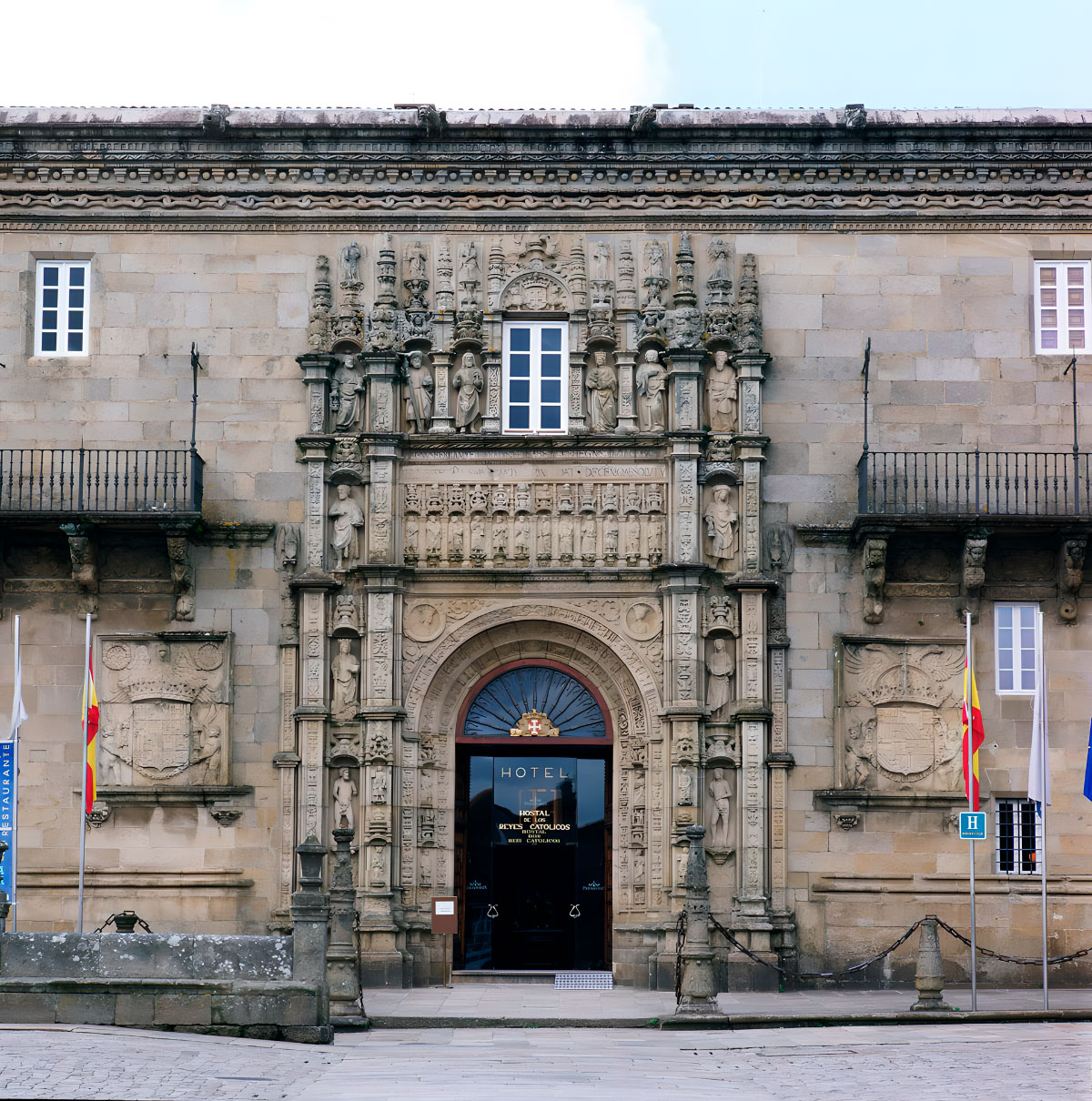

Therefore, thanks to the funds to which they had access by right of conquest, Isabella I and Ferdinand II were able to allocate a third of the Vow of Santiago to the construction of the hospice. According to a legend as old as the Vow itself, this was a pecuniary commitment of the Christian monarchs of the kingdoms of Asturias, Galicia, León and Castile to the apostle St. James, for his providential help during the mythological battle of Clavijo (23rd May 844), without which the fate would have been decided in favour of the Muslim armies. Therefore, and we return to the subject of our story, the construction of the Hostal dos Reis Católicos was finally able to begin in 1501.
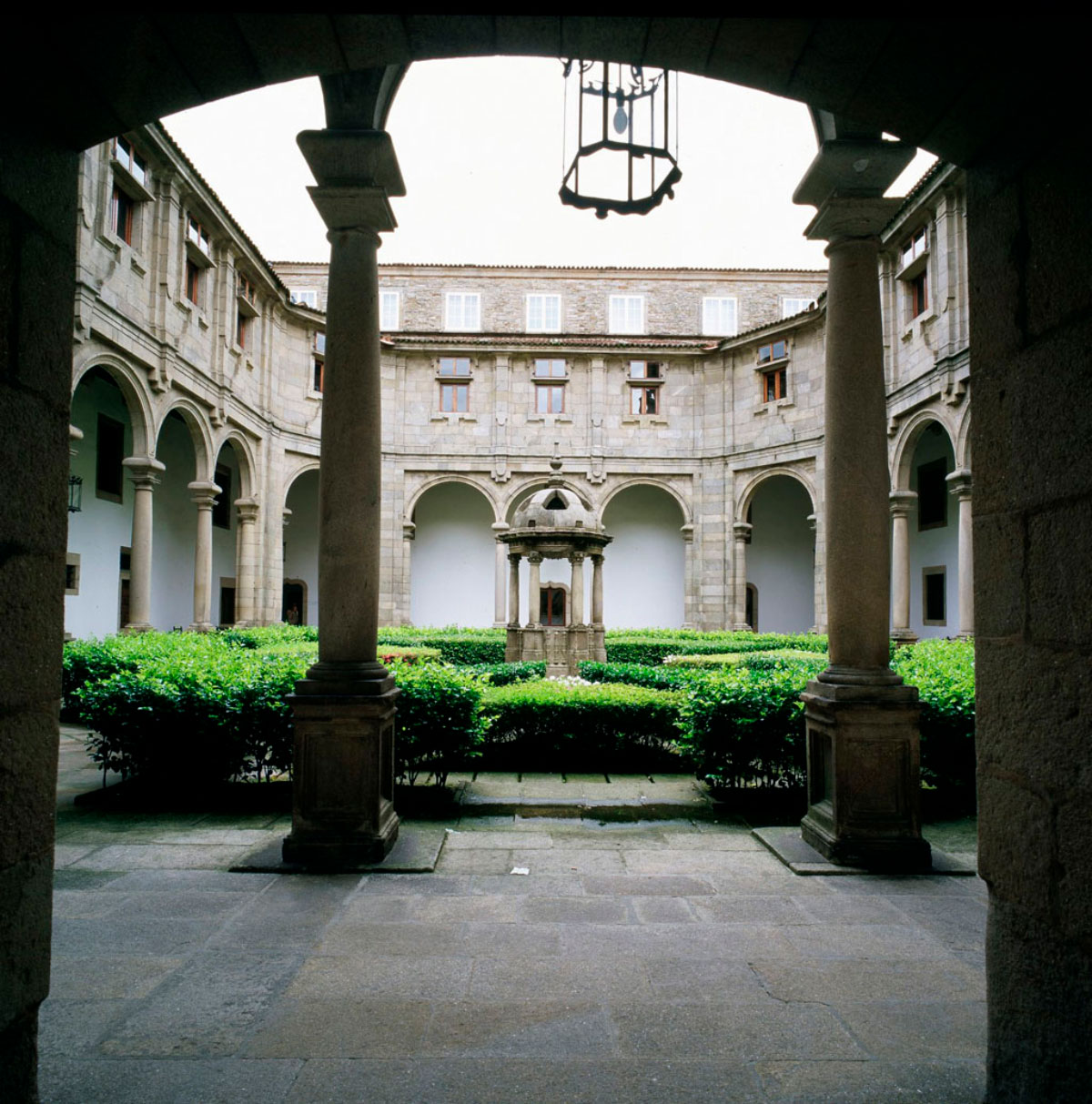

The royal architect Enrique Egas was in charge of drawing up the “plan” and directing the construction of the hospice, which took 10 years. Popes Alexander VI and Julius II offered indulgences to those who cooperated in its construction. Unlike the hospitals of the Middle Ages, which were often rectangular in plan, the hotel in Praza do Obradoiro has four cloisters that form a Greek cross ground plan. In December 1519, the façade acquired the fabulous façade in the Plateresque style (also known as Plateresque Gothic, Proto-Renaissance, Isabella style or Catholic Monarchs style, a genuinely Spanish style) by the French masters Martín de Blas and Guillén Colás. A few years later, the City Council of Santiago ceded a strip of land in front of the main façade for its protection, which was delimited with thick chains set on Renaissance pillars.
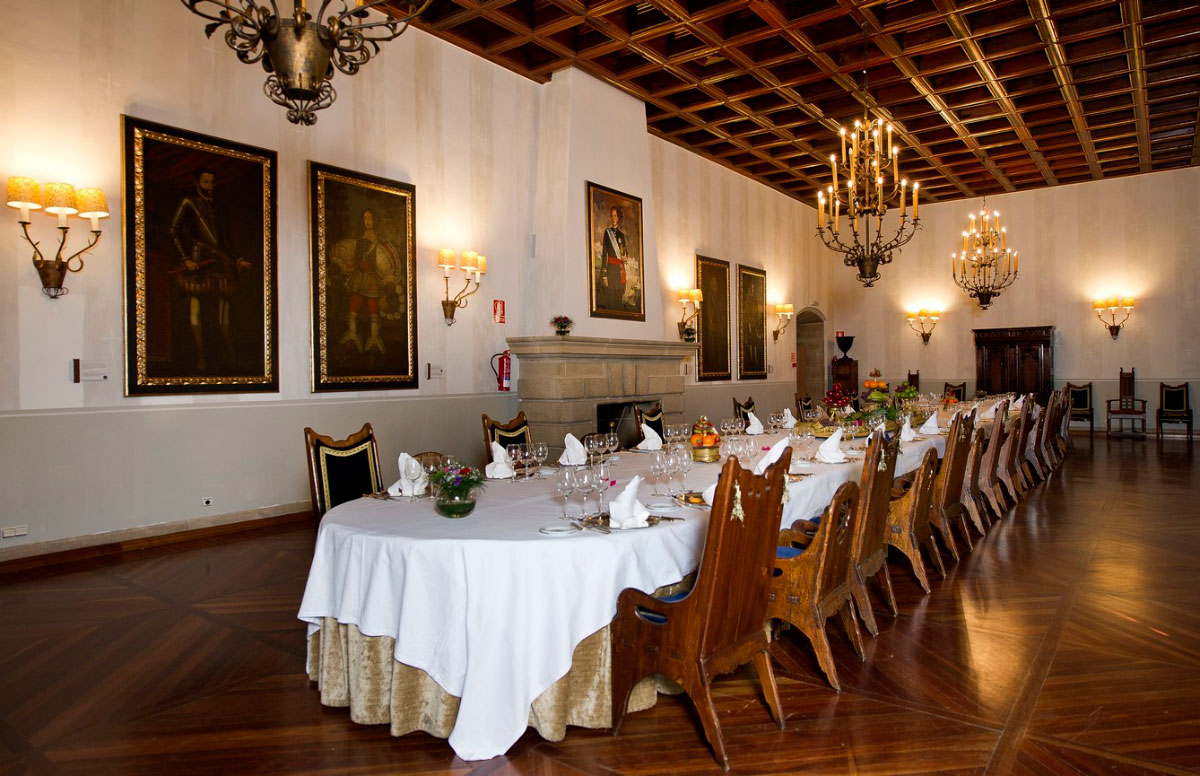

But the transformations of the Hostal dos Reis Católicos building did not end there. In 1678, the Santiago Benedictine monk Frei Tomás Alonso reformed the façade with the introduction of a balcony supported on large corbels profusely decorated with plant motifs in the Baroque style. Although the two frontal cloisters date from the 16th century and are in Renaissance style, the rear courtyards, which were initially used as an orchard, were transformed in the 18th century into the two Baroque cloisters that we can enjoy today. However, the building of the Hostal dos Reis Católicos was used uninterruptedly as an inn for more than 400 years, until 1954. During that year, the hospital facilities were moved and General Francisco Franco himself inaugurated the premises of the new hotel. Subsequently, it was integrated into the public hotel network Entursa, and in 1986, into the also public Paradores de Turismo de España S.M.E. S.A

Note: it is necessary to clarify that the concepts referred to in the words “hostal”, “hotel”, “hospitality”, “hospital” and “hospice” (all derived from the Latin term hospes, meaning guest) are today clearly differentiated. However, at the time of the foundation of the Hostal dos Reis Católicos, they all fell under the general concept of hospitality, which included the acts of sleeping and eating, as well as the care of injured feet and other ailments resulting from long journeys on foot.

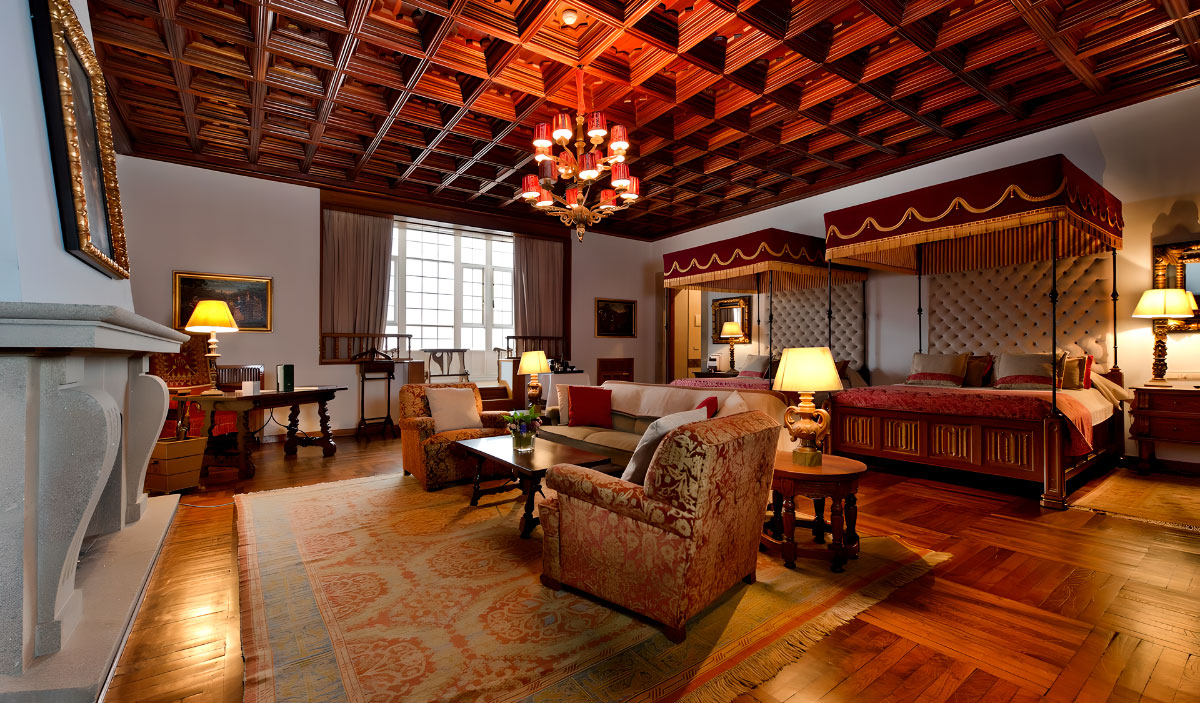
Sources: Paradores de Turismo de España, Santiago de Compostela Turismo, Wikipedia 1, Wikipedia 2. Images: Paradores de Turismo de España.


